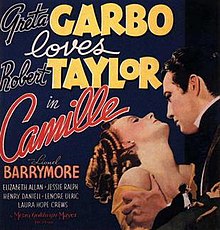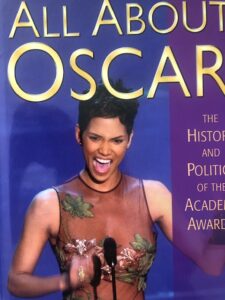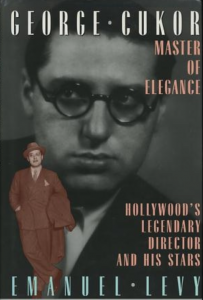George Cukor’s Camille was the fourth–and the best–film version of the famous Alexander Dumas work, which had been done as a play and as an opera.
| Camille | |
|---|---|

Theatrical Poster
|
|
Director George Cukor said at the time: “Camille is a true and tried piece of work that can seem hackneyed unless the actress is really gifted and there’s happy meeting of actress and the part.”
Indeed, the film features the “divine” Garbo in one of her finest screen roles, as Marguerite Gautier, the tragic courtesan who must sacrifice her happiness in order to prove her love. Garbo’s performance received an Oscar nomination and was singled out by the New York Film Critics Circle.
If Cukor regretted being unable to shoot “Romeo and Juliet” in Italy, he felt the same way about being unable to shoot “Camille” in Paris., where the story takes place.
The PCA’s censors had many objections before they gave their approval. The following historical document provides a good indication of the cultural context in which the film was made. “The heroine is definitely an immoral woman,” the censors wrote, May 18, 1936. “There should be no ‘courtesans’ suggested in the film, other than Marguerite. Because of this, we recommend that Olympe be played as married to the old tottering Duke, and not as his mistress. We recommend that it be definitely indicated that Marguerite has no thought of resuming her old life of a courtesan after she breaks with Varville. It would be helpful if you could inject a note of repentance and regeneration. We believe it will be well to avoid any definite suggestion that Prudence is conducting a house of assignation, or engaged in the business of supplying women for immoral purposes.”
Camille also stars Robert Taylor as her lover, Armand Duval, and Lionel Barrymore as his aristocratic father.
Oscar Nominations: 1
Actress: Greta Garbo
Oscar Awards: None
Oscar Context
The winner of the Best Actress Oscar was Luise Rainer for “The Good Earth.”
Credits:
Directed by George Cukor
Produced by Irving Thalberg, Bernard H. Hyman
Written by James Hilton. Zoë Akins, Frances Marion
Based on La Dame aux Camélias by Alexandre Dumas, fils
Music by Herbert Stothart, Edward Ward
Cinematography William H. Daniels. Karl Freund
Edited by Margaret Booth
Distributed by Metro-Goldwyn-Mayer
Release date: December 12, 1936
Running time: 109 minutes
Budget $1,486,000
Box office $2,842,000
Cast
Greta Garbo as Marguerite Gautier
Robert Taylor as Armand Duval
Lionel Barrymore as Monsieur Duval
Elizabeth Allan as Nichette, the Bride
Jessie Ralph as Nanine, Marguerite’s Maid
Henry Daniell as Baron de Varville
Lenore Ulric as Olympe
Laura Hope Crews as Prudence Duvernoy
Rex O’Malley as Gaston
Mabel Colcord as Madame Barjon (uncredited)
Mariska Aldrich as Friend of Camille (uncredited)
Wilson Benge as Attendant (uncredited)
















